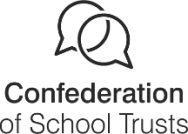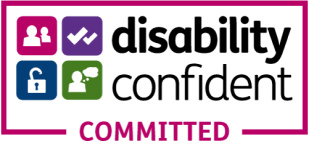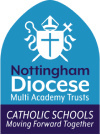Laudato Si’ Letter to Primary Schools for Pentecost 2021
As a Catholic School Religious Education is one of the core subjects alongside English and Maths. In St Norbert’s Catholic Primary School we follow the Religious Education Directory for Catholic Schools ‘To know You more clearly’.
The role of religious education in Catholic schools is primarily to contribute to the understanding of the faith. Secondly, to learn how to worship God in spirit and truth through prayer and liturgy and finally to know and follow the teaching of Jesus Christ.
It is the place where faith seeks understanding and at the same time where all pupils, whether they are believers or not, can increase in their knowledge and understanding of the Catholic faith.
The programme of study for religious education in Catholic schools presented in this directory
has a framework with four structural elements: knowledge lenses, ways of knowing, expected
outcomes, curriculum branches.
Knowledge lenses set out the object of study for pupils; they indicate what should be known
by the end of each age-phase. They are referred to as lenses, since they are the things we are
looking at and they divide the content of the programme of study into four systematic sub-sections for the study of Catholicism and two additional lenses for the study of religions and
worldviews, which together comprise the six knowledge lenses of hear, believe, celebrate, and
live (the study of the Catholic religion), dialogue, and encounter (the study of other religions and
worldviews). We also have dedicated weeks and days throughout the school year where pupils will learn about other faiths traditions and celebrations.
Ways of knowing set out the skills that pupils should be developing as they progress through their curriculum journey. Whenever we know something, we always know it in more than one way: we remember it, we critically assimilate it, and we put it into practice. All three are ways of coming to know the things that are the object of our study. The three ways of knowing are: understand, discern, and respond. They are represented in the programme of study by icons: head (understand), heart (discern), and hands (respond).
Expected outcomes are a synthesis of the content outlined in the knowledge lenses and the skills described in the ways of knowing. Each age-phase will have a prescribed set of outcomes that will indicate what pupils are expected to know, remember, and be able to do, using the language of the ways of knowing and applying it to the discrete knowledge within each lens.
Curriculum branches are the way this programme of study presents its model curriculum. The
model curriculum presents the expected outcomes in six curriculum branches that correspond
to the six half-terms of a school year. As they revisit each branch in each year of school they come to a deeper understanding of its significance for Catholic belief and practice, which allows them to make links between the four knowledge lenses within the context of the narrative of salvation history. The six curriculum branches are: creation and covenant, prophecy and promise, Galilee to Jerusalem, desert to garden, to the ends of the Earth, and dialogue and encounter.





